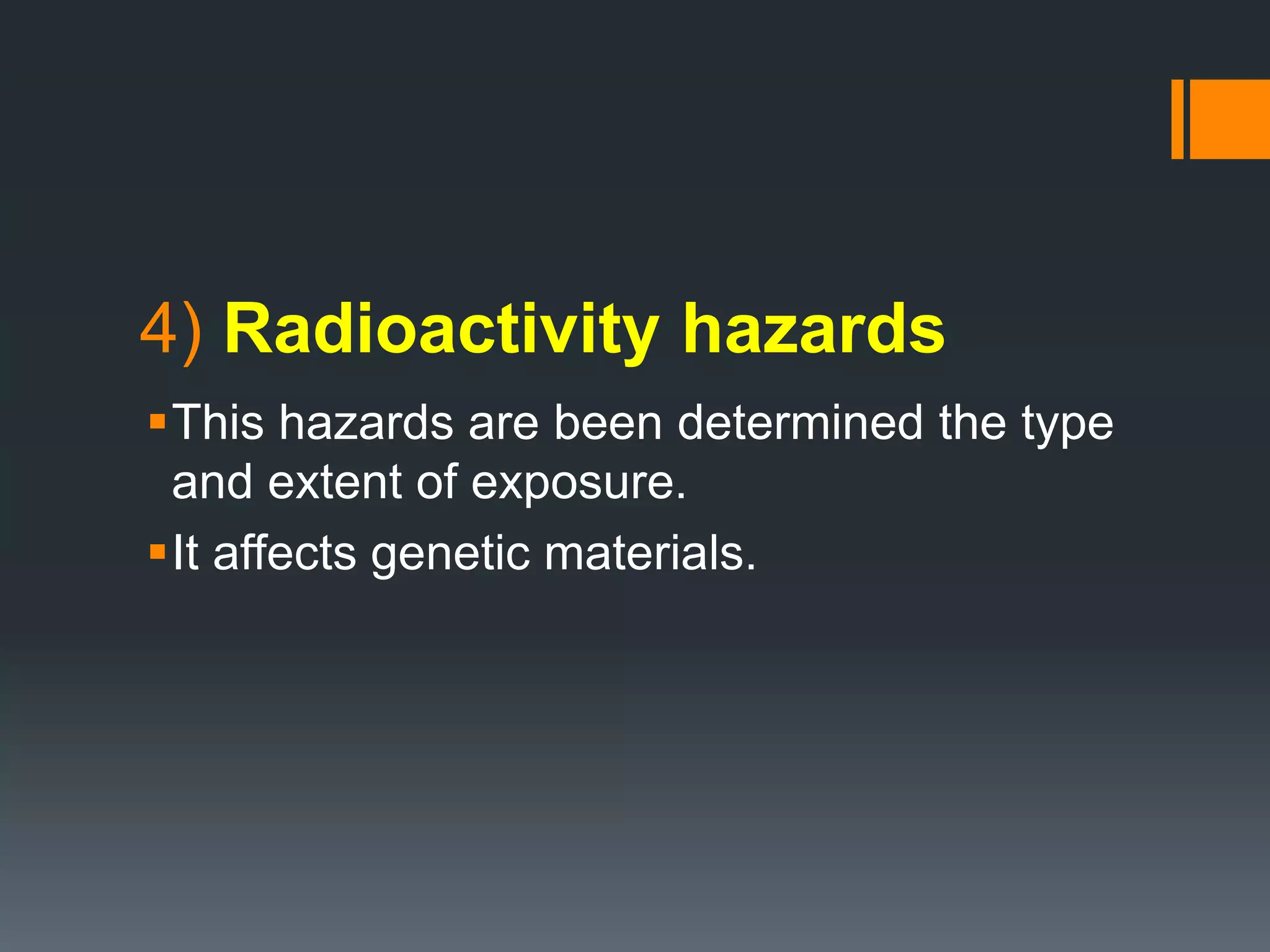This document discusses the biomedical waste management rules in India. It defines biomedical waste and categories of waste. It explains the biomedical waste management process, including source identification, segregation, collection and storage, transportation, and treatment and disposal. It outlines the health hazards posed by improper management of biomedical waste. It also summarizes the key aspects of the Biomedical Waste Management Rules 2016 in India, including duties of occupiers and operators, treatment standards, and required forms.





























































